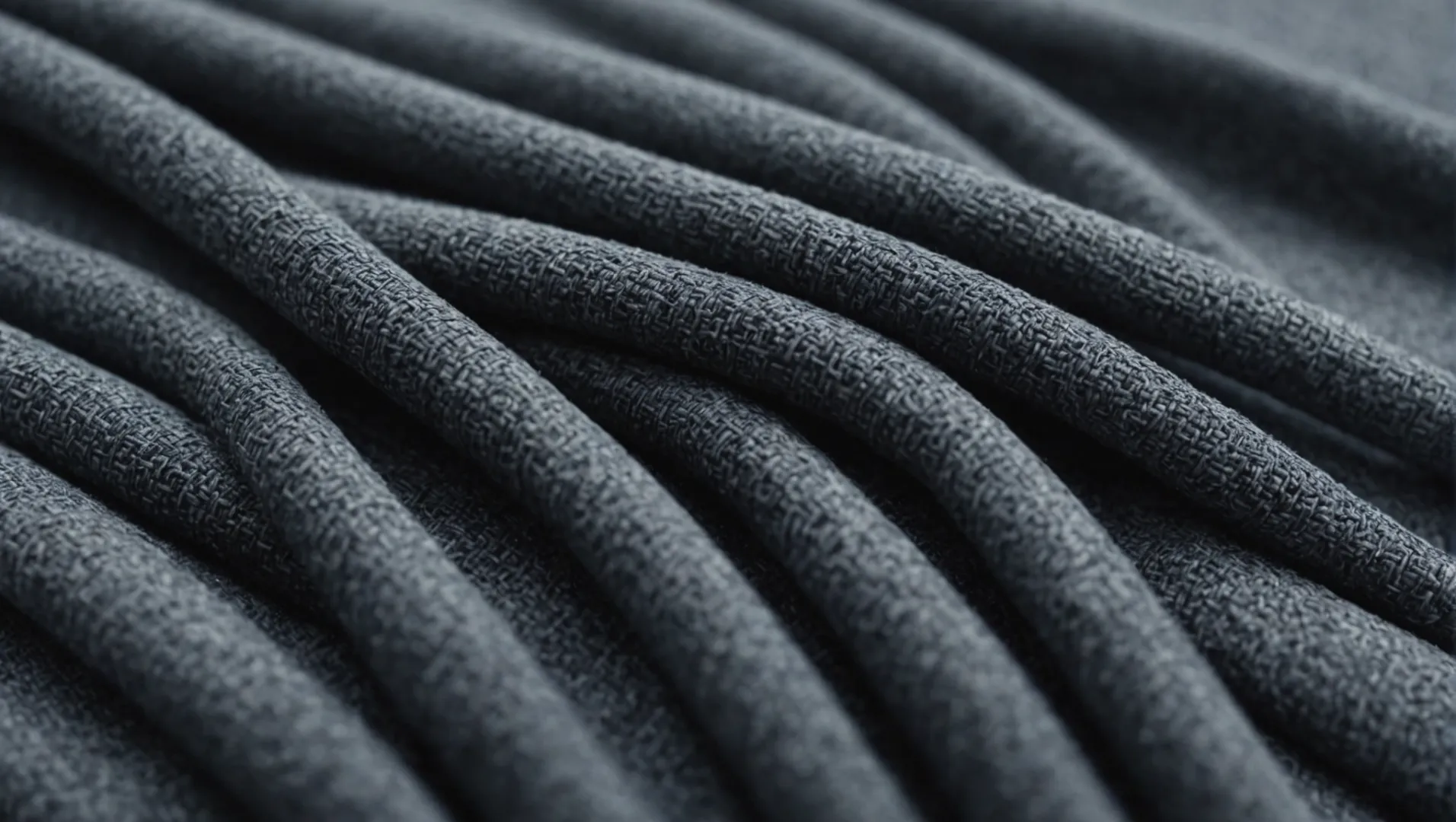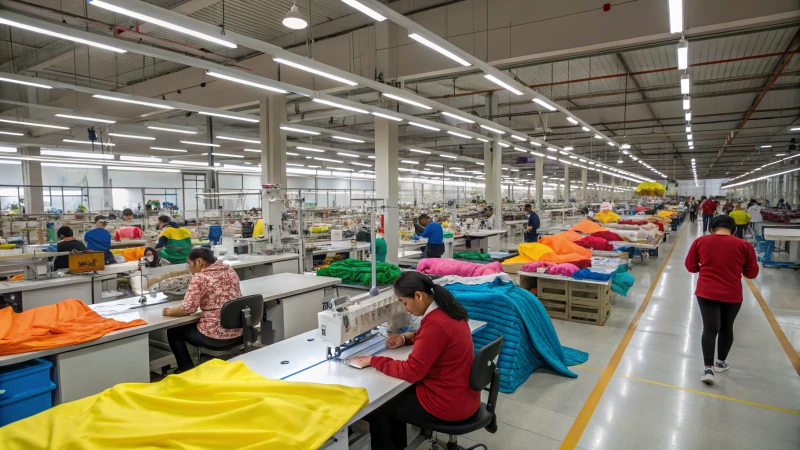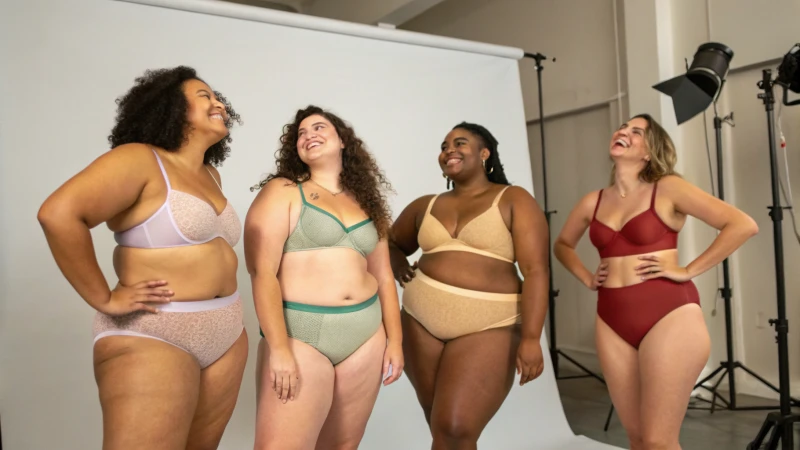
Choosing the right underwear material can make all the difference in how you feel throughout the day. Trust me, I’ve been there—nothing ruins your day quite like uncomfortable underwear!
Microfiber is highly regarded for underwear because it offers exceptional softness, efficient moisture-wicking, breathability, and durability, making it suitable for various activities and weather conditions.
While the benefits of microfiber are impressive, it’s essential to compare it with traditional fabrics like cotton and consider any potential downsides. Let’s dive deeper into what makes microfiber such a standout choice in the world of underwear.
Microfiber underwear is more breathable than cotton.False
Microfiber is less breathable than cotton, though it excels in moisture-wicking.
What Are the Key Benefits of Microfiber in Underwear?
Unlock unparalleled comfort with microfiber underwear, designed for ultimate softness and moisture control.
Microfiber underwear offers superior softness, moisture-wicking, breathability, and durability, making it an excellent choice for comfort and performance.

Unparalleled Softness
Microfiber is known for its exceptional softness1 that feels gentle against the skin. This softness is due to the incredibly fine fibers that make up the material, providing a luxurious feel often compared to silk. It's perfect for sensitive skin, minimizing irritation and enhancing overall comfort.
Efficient Moisture-Wicking
One of the standout features of microfiber is its ability to wick away moisture efficiently. This property makes it ideal for those who lead active lifestyles or live in warmer climates. The fabric pulls sweat away from the body, keeping you dry and comfortable throughout the day. Unlike some natural fibers, microfiber dries quickly, reducing the risk of chafing and discomfort.
Superior Breathability
Breathability is crucial in underwear, and microfiber excels in this area. The fabric allows air to circulate freely, ensuring that heat is dissipated and your body temperature remains regulated. This makes microfiber underwear suitable for a variety of activities, whether you're at the gym or relaxing at home.
Durability and Lightweight Feel
Despite its delicate feel, microfiber is remarkably durable. It withstands repeated washes without losing its shape or softness. The lightweight nature of microfiber also contributes to a barely-there feel, adding to its appeal for everyday wear. In comparison to heavier fabrics like cotton, microfiber's lightweight properties provide an unobtrusive fit under clothing.
Comparison to Traditional Fabrics
When compared to traditional fabrics like cotton, microfiber often comes out on top in terms of performance. While cotton is known for its natural comfort and breathability, it lacks the same moisture-wicking capabilities and can become heavy when wet. Microfiber's synthetic structure gives it an edge in maintaining dryness and comfort over long periods.
Microfiber underwear is more breathable than cotton.True
Microfiber allows better air circulation, regulating body temperature.
Cotton underwear wicks moisture better than microfiber.False
Microfiber excels in moisture-wicking, keeping you dry and comfortable.
How Does Microfiber Compare to Cotton and Other Fabrics?
When it comes to choosing underwear, the fabric you select plays a crucial role in comfort and performance.
Microfiber excels in softness, moisture-wicking, and durability compared to cotton and other fabrics, making it a top choice for underwear.

Microfiber vs. Cotton: The Classic Comparison
Cotton has long been a staple in underwear due to its natural softness and breathability. However, microfiber often surpasses cotton in several areas:
- Softness: While cotton is naturally soft, microfiber's engineered fibers offer a silky texture that many find more comfortable against the skin.
- Moisture-wicking: Microfiber's synthetic nature allows it to wick moisture away more efficiently than cotton, keeping the wearer dry and reducing chafing.
- Durability: Unlike cotton, which can wear thin over time, microfiber is designed to withstand repeated washes without losing shape or softness.
Explore more about cotton vs. microfiber2 to see how they stack up in different conditions.
Microfiber vs. Other Fabrics: A Broader Perspective
Other popular fabrics like nylon, polyester, and bamboo also enter the conversation:
| Fabric | Softness | Moisture-Wicking | Durability |
|---|---|---|---|
| Nylon | Moderate | High | High |
| Polyester | Moderate | High | High |
| Bamboo | Very High | Moderate | Moderate |
Microfiber often provides a balanced mix of these qualities, excelling in all three areas compared to most alternatives.
Considerations for Specific Uses
- Activewear: For those who lead an active lifestyle, microfiber's moisture-wicking and breathability make it an excellent choice over traditional fabrics like cotton.
- Sensitive Skin: If you're prone to allergies or irritation, cotton or bamboo might be preferable due to their natural properties.
Understanding these nuances helps when deciding which fabric suits your lifestyle best. For deeper insights into microfiber's performance in active settings, consider exploring this detailed comparison3 of athletic materials.
Microfiber underwear is softer than cotton.True
Microfiber's engineered fibers provide a silky texture, enhancing comfort.
Cotton wicks moisture better than microfiber.False
Microfiber's synthetic nature allows superior moisture-wicking over cotton.
Are There Any Downsides to Using Microfiber Underwear?
While microfiber underwear is praised for its comfort, are there potential drawbacks to consider?
Despite its benefits, microfiber underwear may retain odors and lacks eco-friendliness, posing environmental concerns.

Potential Odor Retention
One of the notable downsides of microfiber underwear is its tendency to retain odors. Unlike natural fibers like cotton, microfiber can trap sweat and bacteria, leading to unpleasant smells over time. This happens because synthetic fibers have less breathability and absorbency compared to natural ones, which can exacerbate odor issues. Regular washing can mitigate this problem, but it's something to consider, especially if you have an active lifestyle.
Environmental Impact
Microfiber is a synthetic material, typically made from a blend of polyester and polyamide. These materials are derived from petroleum-based sources, raising environmental concerns. The production process of microfiber can contribute to pollution and resource depletion. Furthermore, when washed, microfiber garments can release microplastics into the water system, contributing to ocean pollution. Understanding microplastic pollution4 is crucial as it affects marine life and ecosystems.
Comparison with Natural Fibers
| Aspect | Microfiber | Cotton |
|---|---|---|
| Breathability | Moderate | High |
| Moisture-wicking | Excellent | Good |
| Odor retention | Can be high | Low |
| Environmental | Less eco-friendly due to synthetics | More eco-friendly if organic |
While microfiber excels in moisture-wicking and durability, its environmental impact and potential odor issues may make natural fibers like cotton a more appealing choice for those concerned with sustainability and odor control. Exploring sustainable fabric choices5 can provide more insights into eco-friendly alternatives.
Skin Sensitivity Considerations
Some people may experience skin irritation from synthetic fibers due to their chemical composition or the tighter weave of the fabric. If you have sensitive skin, it's essential to monitor any reactions when wearing microfiber underwear. Choosing hypoallergenic options or combining with natural fabrics might alleviate these concerns.
By weighing these pros and cons, you can make an informed decision that aligns with your personal needs and environmental considerations.
Microfiber underwear retains odors more than cotton.True
Synthetic fibers trap sweat and bacteria, leading to odor retention.
Microfiber is more eco-friendly than cotton.False
Microfiber is synthetic, petroleum-based, and less eco-friendly.
Is Microfiber Underwear Environmentally Friendly?
Discover the eco-impact of microfiber underwear and its implications for sustainable fashion.
Microfiber underwear poses environmental challenges due to microplastic pollution and non-biodegradable nature. Its production involves synthetic materials derived from petrochemicals, contributing to plastic waste and environmental degradation.

Understanding Microfiber's Environmental Impact
Microfiber, made from synthetic fibers such as polyester or nylon, is often praised for its comfort and performance features6. However, its environmental footprint is a growing concern.
Production and Material Concerns
The production of microfiber involves petrochemical processes7 which are energy-intensive and contribute to carbon emissions. Unlike natural fibers like cotton or wool, microfiber is not biodegradable, leading to persistent plastic waste in landfills.
Microplastics and Water Pollution
One of the most significant environmental issues associated with microfiber is the release of microplastics. During washing, tiny fibers shed from the material, entering waterways and contributing to ocean pollution. These microplastics can harm marine life and enter the food chain, posing risks to both wildlife and human health.
Comparing with Natural Alternatives
When comparing with natural fibers, microfiber falls short in terms of sustainability. Cotton and bamboo, for example, are biodegradable and generally have a lower ecological impact, especially when sourced sustainably.
| Material | Biodegradability | Microplastic Pollution | Energy Use in Production |
|---|---|---|---|
| Microfiber | No | High | High |
| Cotton | Yes | Low | Medium |
| Bamboo | Yes | Low | Medium |
Innovations in Sustainable Microfibers
Efforts are being made to reduce microfiber's ecological impact. Innovations such as recycled polyester or incorporating more eco-friendly fibers aim to mitigate some of these concerns.
To truly assess the sustainability of microfiber underwear8, it is essential to consider the entire lifecycle from production to disposal. Understanding these factors can guide more eco-conscious choices in your wardrobe.
Microfiber underwear contributes to microplastic pollution.True
Microfiber sheds tiny fibers during washing, polluting waterways.
Microfiber is biodegradable like cotton or bamboo.False
Unlike natural fibers, microfiber is not biodegradable, leading to waste.
Conclusion
Microfiber underwear offers unmatched comfort and performance but comes with considerations like odor retention. Weigh its benefits against other materials to choose what's best for you.
Discover how microfiber achieves its unique softness.: Microfiber has 216 tendrils per strand, making it appear softer and slippery, similar to silk or satin. It is also woven finer and more durable than other ... ↩
Gain insights into the key differences between cotton and microfiber.: Microfiber may not be quite as soft and comfortable as cotton but it feels great against the skin. It's also pretty stretchy, giving you a snugger fit as well ... ↩
Discover why microfiber excels in moisture-wicking for active use.: REPREVE®, a proprietary polyester microfiber fabric, comes treated with a high-end wicking finish that makes comfortable jerseys and sportswear. Contact us ... ↩
Learn about the environmental impact of microplastics on marine life.: Microplastics are small plastic pieces less than five millimeters long which can be harmful to our ocean and aquatic life. ↩
Discover eco-friendly alternatives to synthetic microfiber.: Our top recommendations are usually Bar Keepers Friend (great for kitchen surfaces), melamine foam (Magic Erasers), Murphy's Oil Soap (wood ... ↩
Explore why microfiber is favored for underwear comfort.: Microfiber is not quite as organic as cotton but the huge selling point is its moisture wicking properties. It's the ideal fabric for your workout. ↩
Learn about the synthetic process behind microfiber production.: Together, polyester creates the structure of microfibres, and polyamide provides the bulk. When used for cleaning cloths, polyester is responsible for the ... ↩
Discover innovative approaches to making microfiber more sustainable.: A good substitute for diaper inserts has been flour sack towels - you can get them in Walmart (super cheap) and would work wonders as cleaning rags as well. ↩






